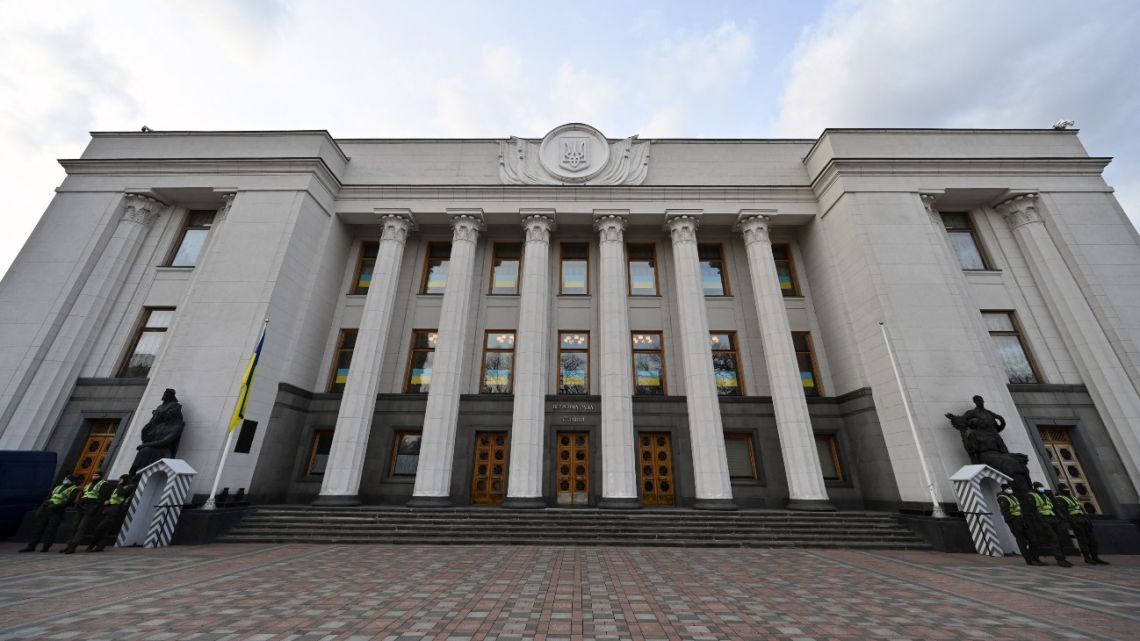Mexico’s government has unveiled its economic plan for 2025. The proposal aims for growth between 2% and 3%. This plan balances economic development with social welfare. It also focuses on maintaining sustainable public finances.
The budget proposal seeks to reduce the fiscal deficit. The government expects it to decrease to 3.2% of GDP in 2025. This is down from the 5% projected for the current year. The plan aims to allocate enough resources for social programs. These programs will benefit low-income populations and promote equitable growth.
Mexico’s economy is expected to benefit from strong domestic demand. High levels of strategic investment will also play a role. The government anticipates increased regional integration. This environment is likely to attract more foreign direct investment. Key sectors such as technology, manufacturing, and logistics may see record inflows.
The budget emphasizes efficient and transparent public spending. It allocates funds for infrastructure projects and welfare programs. The government projects inflation to reach 3.5% by the end of 2025. The average exchange rate is expected to be 18.7 pesos per US dollar.
 Mexico Targets 2-3% Growth in 2025 Budget Plan. (Photo Internet reproduction)
Mexico Targets 2-3% Growth in 2025 Budget Plan. (Photo Internet reproduction)The proposal includes an average price for Mexican oil at $57.8 per barrel for next year. This is lower than the $70.7 per barrel estimated for 2024. Finance Secretary Rogelio Ramírez de la O presented the official proposal to Congress. He stressed the goal of achieving economic growth with social justice.
This is the first economic package presented by President Claudia Sheinbaum’s administration. She took office on October 1st. Mexico’s economy, the second-largest in Latin America, grew by 3.2% in 2023. The Finance Ministry expects growth to slow to between 1.5% and 2.5% this year.
Mexico Targets 2-3% Growth in 2025 Budget Plan
The plan reflects a pragmatic approach to economic management. It aims to balance growth with fiscal responsibility. The government seeks to maintain social programs while promoting investment. This strategy may help Mexico navigate global economic uncertainties.
However, challenges remain. The projected growth rate is modest compared to some emerging markets. The success of this plan will depend on various factors. These include global economic conditions and the effectiveness of policy implementation.
The proposal now moves to Congress for review and approval. Lawmakers will debate its merits and may suggest changes. The final budget will shape Mexico’s economic direction for the coming year. It will influence both domestic policies and the country’s position in the global economy.

 By The Rio Times | Created at 2024-11-16 08:08:58 | Updated at 2024-11-22 14:03:03
6 days ago
By The Rio Times | Created at 2024-11-16 08:08:58 | Updated at 2024-11-22 14:03:03
6 days ago








